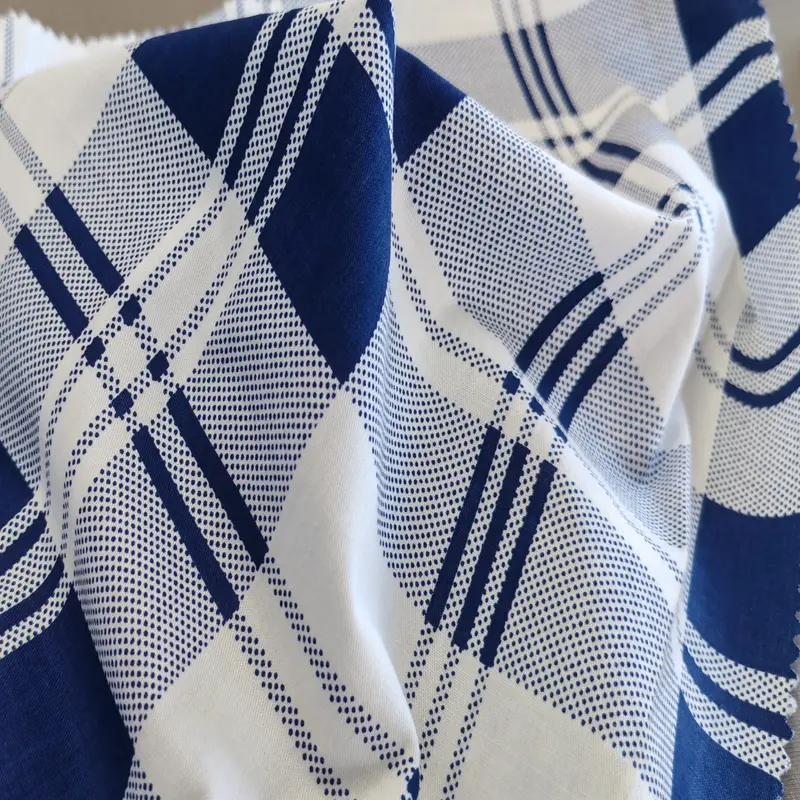Explanation 1: “Light up”
Generally speaking, the phenomenon of “lighting up” refers to the phenomenon of “homochromatic metamerism”:
Two color samples (one standard and one comparison sample) appear to be of equal color (no color difference or small color difference) under one light source (such as D65), while they exhibit significant color difference under another light source (such as A), which is called the “homochromatic metamerism” phenomenon
For this situation, we can describe it as’ lighting up '. That is to say, whether the sample can be matched with the standard sample for color matching depends on selecting a specific light source.
The fundamental reason is that the two samples have different reflections of light (reflection spectrum curves or visible band reflectivity), so it is called “Metamerism”.
The reasons for the “abnormal spectrum” include:
A、La composició dels pigments utilitzats per a la tinció és diferent;
B 、 Diferents mètodes de processament, etc.
Explanation 2: “Jumping lights”
In fact, when we talk about “Tao light” in daily life, besides the above meaning, there is another layer of meaning:
It refers to the situation where a single color sample undergoes dramatic color changes under different light sources. At this point, it can be described by “jumping the light”.
So, “jumping the light” can also be said to be a sample.
Per exemple, l'enginyer de tints de CIBA, quan recomanava el tint CIBA DEEP RED, diria: Aquest tint no salta al vermell sota la llum A.
(L'autor entén el que vol dir que, tot i que una font de llum conté una gran quantitat de llum vermella i groga, el colorant CIBA DEEP RED no es notarà gaire més vermell que sota la font de llum D65.)
Post time: maig . 10, 2023 00:00




















 Respectuós amb la pell
Respectuós amb la pell Versàtil
Versàtil Durador
Durador Assegurat
Assegurat
